What I Felt Switching from the 718 Spider RS to the 981 Boxster GTS
公開日:2025.07.03
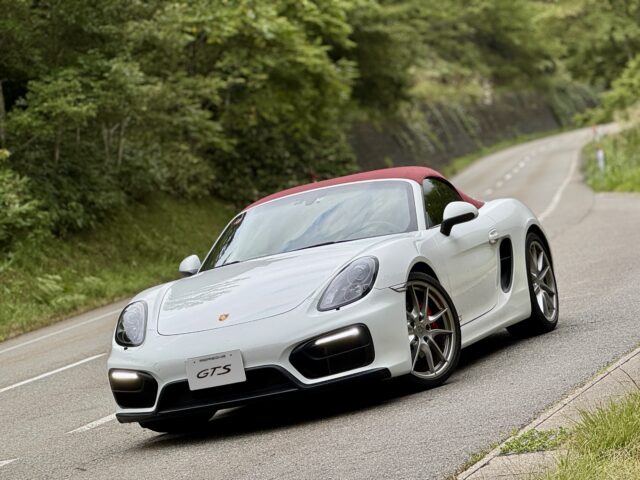
コンテンツ
After completing the 1,500-kilometer break-in period with the 718 Spider RS, I switched back to my beloved 981 Boxster GTS for the first time in a while.
The Spider RS’s incredible drivability made me briefly wonder, “Do I even need the 981 anymore?” But after driving both, it became clear they have completely different personalities. Even though they’re both Boxster models, the differences surprised me. It’s like choosing between eating yakiniku with sauce or with salt—a fundamental difference in flavor.
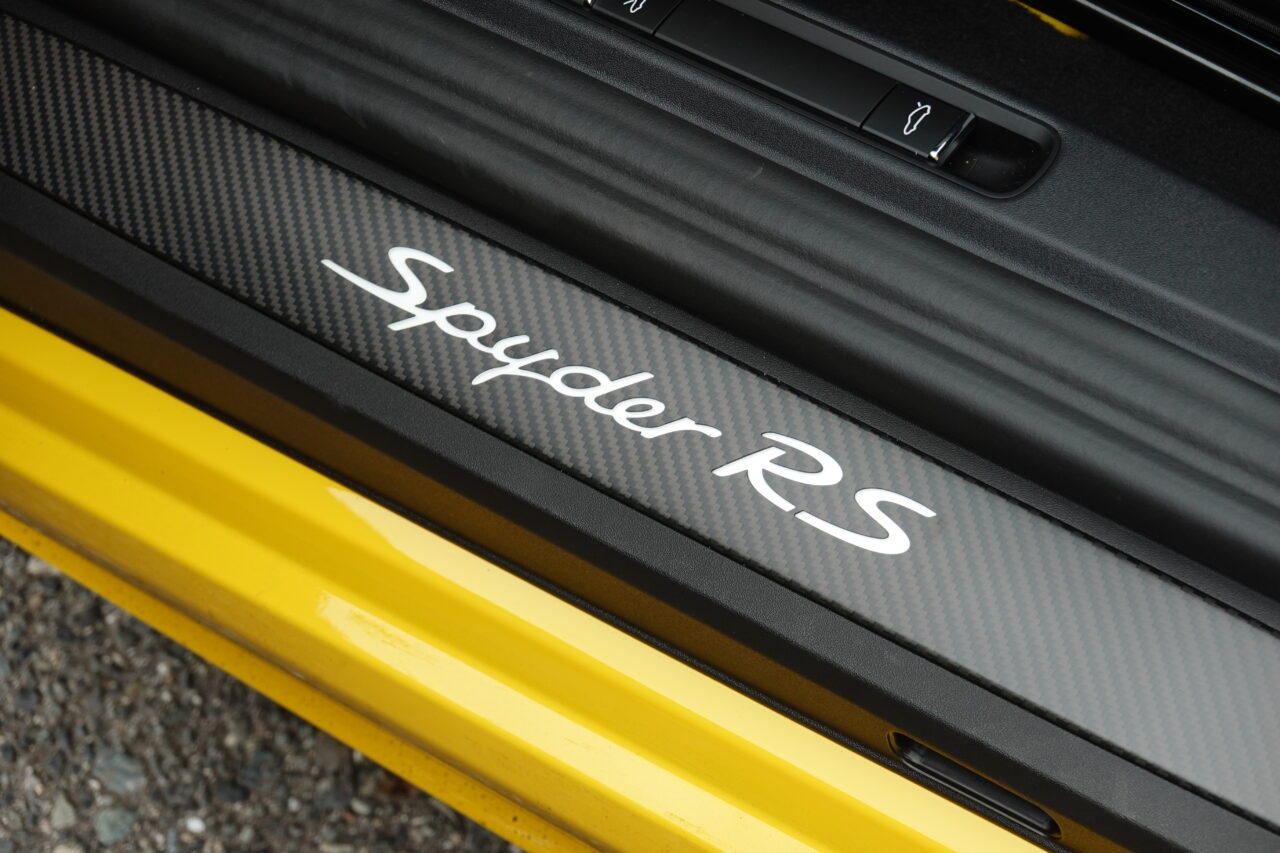
How the Full Bucket Seat Taught Me the Right Driving Posture
The most striking difference the moment I got into the 981 was the seat. The 981 equipped with Sport Seats Plus always felt sporty enough to me. However, after getting used to the Spider RS’s full bucket seats, the 981’s felt almost like a sofa—too soft.
What surprised me most was the backrest angle. What I once thought was normal now felt like I had been driving with the seat reclined too far back. I ended up adjusting the backrest to be as upright as the full bucket seat. This realization even made me rethink the seat settings in other cars like my Tesla.
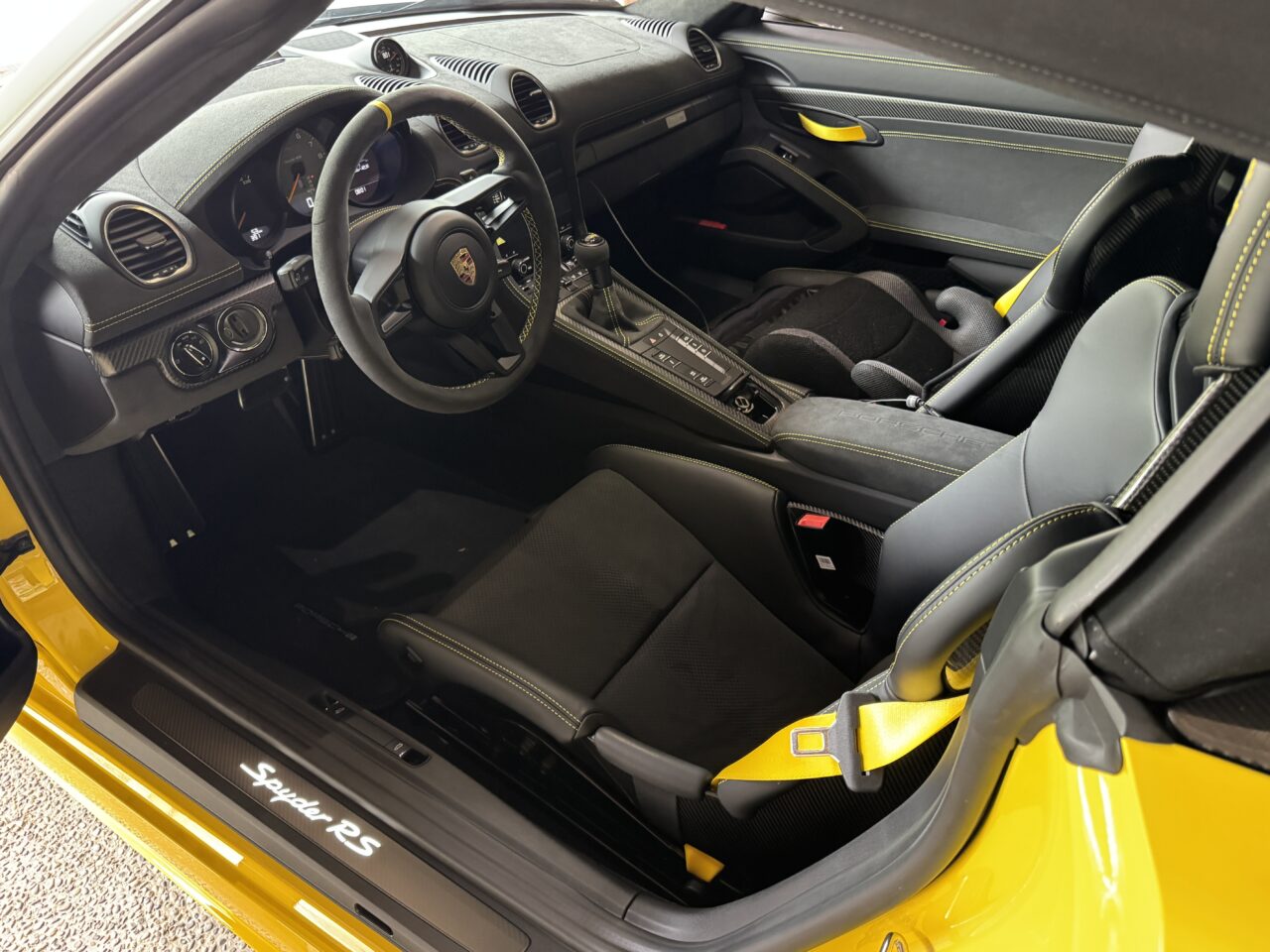
The beauty of the full bucket seat lies in how it supports a proper pelvic tilt. The weight of your head aligns straight down your spine, so even when the car moves, you don’t have to tense your muscles unnecessarily. It feels like your head is simply resting on your spine, creating a natural posture that drastically reduces fatigue.
Moreover, when pushing the steering wheel during spirited driving, the backrest firmly supports your back, ensuring the steering doesn’t wobble under G-forces. Once you experience this, other seats just don’t feel quite right.
Ride Comfort Differences Reveal Distinct Design Philosophies
Another notable difference was the ride comfort. The Spider RS isn’t uncomfortable by any means—it’s quite firm but the suspension moves well, so there’s little unpleasant vibration. However, switching to the 981 felt surprisingly softer, almost like driving a roadster.
This doesn’t mean one is better than the other—they’re just tuned differently. The 981 offers a certain softness and body compliance that absorbs driver inputs before transmitting them to the road, providing a forgiving ride. In contrast, the Spider RS delivers driver inputs directly to the pavement.
During steady cruising or adaptive cruise control, the 981 feels more relaxing. But on roads where you can set your own pace, the Spider RS’s directness is exhilarating. The 981 is fun too in those moments, but it’s a different kind of enjoyment—one that comes from the suspension flexing under you. The types of fun they offer are fundamentally different.
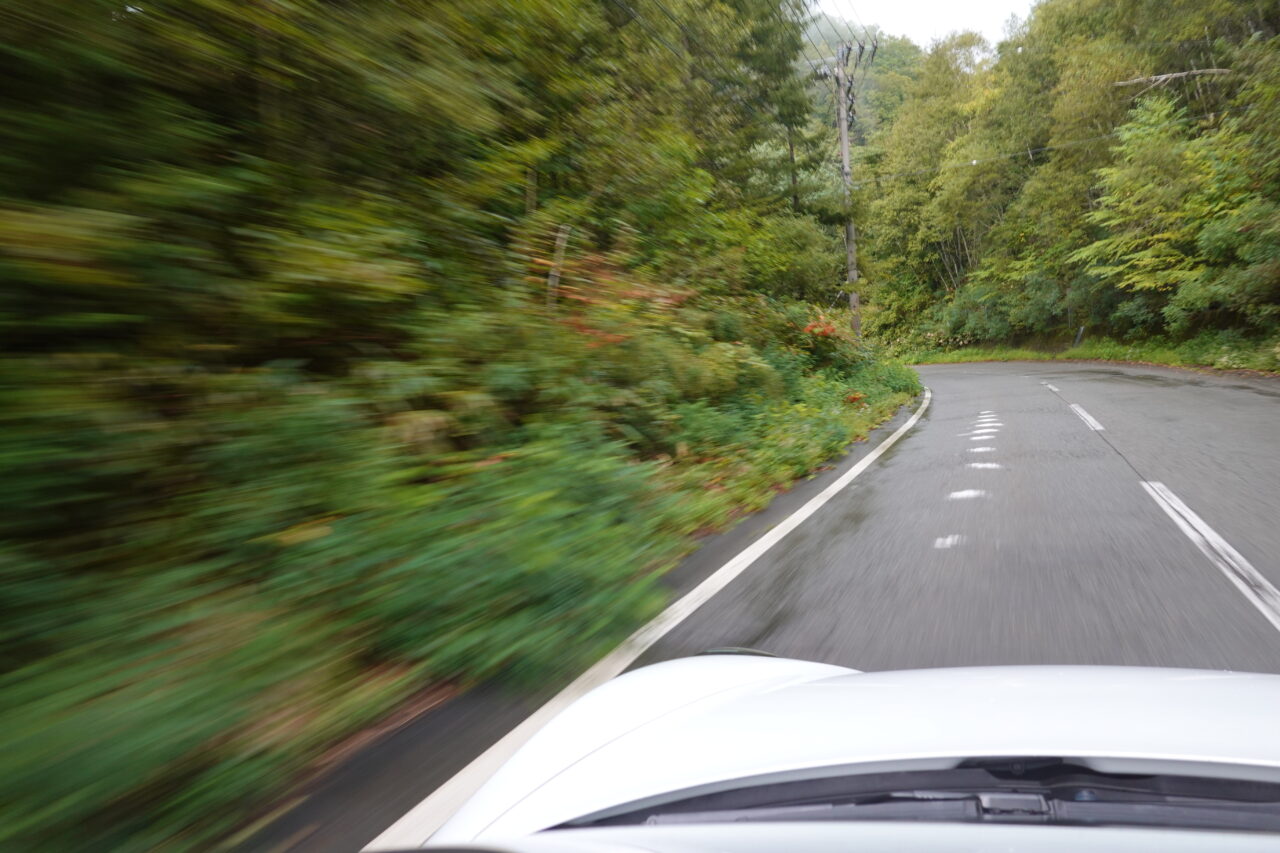
Distinct Engine Sounds Reflect Two Unique Characters
The engine sounds also tell a fascinating story. The two cars emphasize different aspects of sound—intake noise versus exhaust note.
The Spider RS, with its GT3 engine, is dominated by intake noise and mechanical sounds. Since the engine sits right behind you and the air intake is close to your ears, the driver experiences an overwhelmingly loud sound.
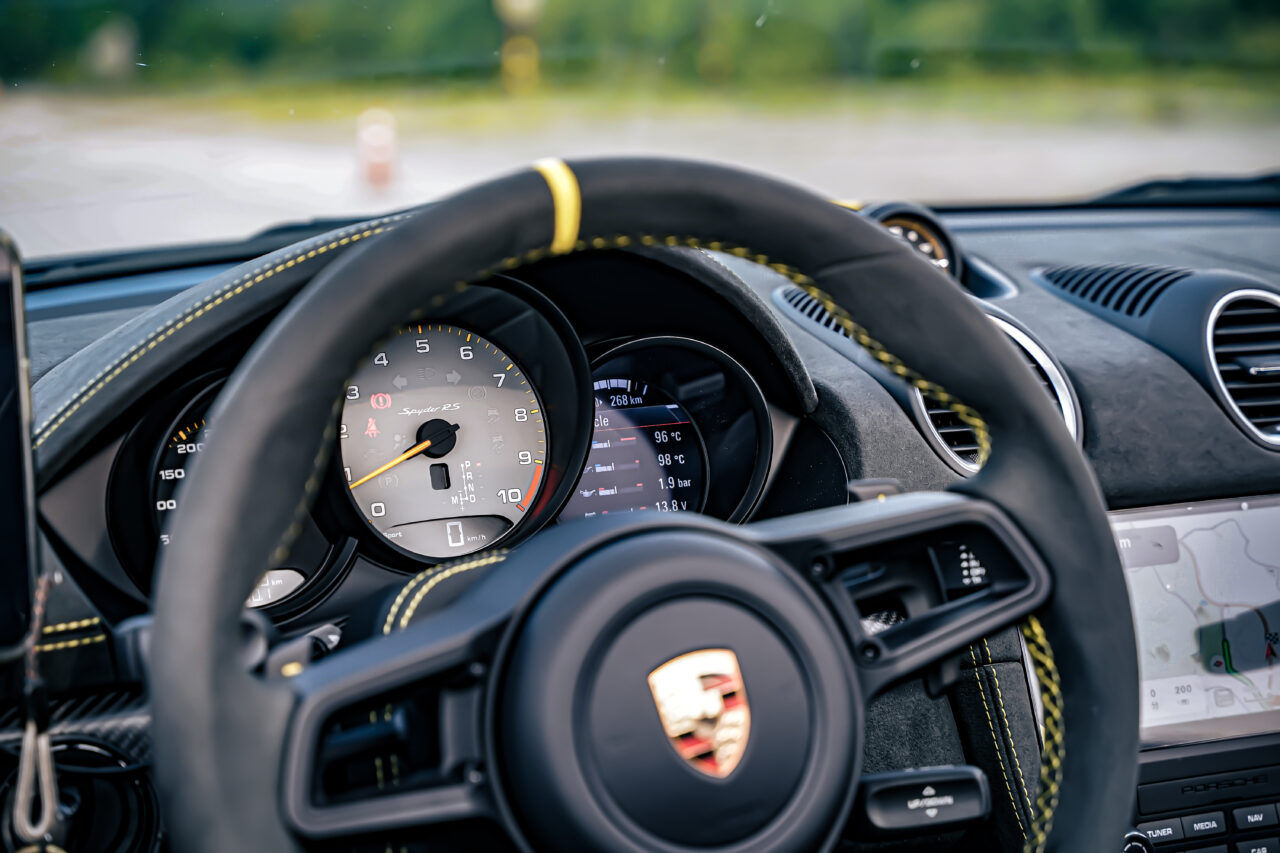
Interestingly, from outside the car, the 981’s exhaust sounds louder. In fact, my family can tell when I’m home by the 981’s sound, but not so much with the Spider RS. This contrast between driver and bystander perception is quite amusing. When driving around town at 3,000–4,000 rpm, the 981’s sport exhaust feels louder.
The sound quality is completely different too.
The Spider RS’s GT3 engine delivers a deep, bass-heavy tone that becomes shrill only near its 9,000 rpm redline. The 981 produces a slightly higher-pitched, pleasant “quawn” exhaust note. If you want to enjoy exhaust sound, the 981 is your pick; if you prefer intake and mechanical noise plus ultra-high revs, the Spider RS is unmatched.
Porsche’s Philosophy: Higher Models Don’t Encompass Lower Ones
Initially, I thought these two models might overlap, but after driving them back-to-back, their distinct personalities became clear. Especially since my 981 is a manual, there’s even less overlap. If both had PDK transmissions, there might have been more similarities.
The Spider RS is the top-tier Boxster model but doesn’t fully encompass the 981. This is true across Porsche’s lineup—higher trims don’t simply absorb all the traits of lower trims. Each grade has its own character and appeal. This is a major difference from other manufacturers.
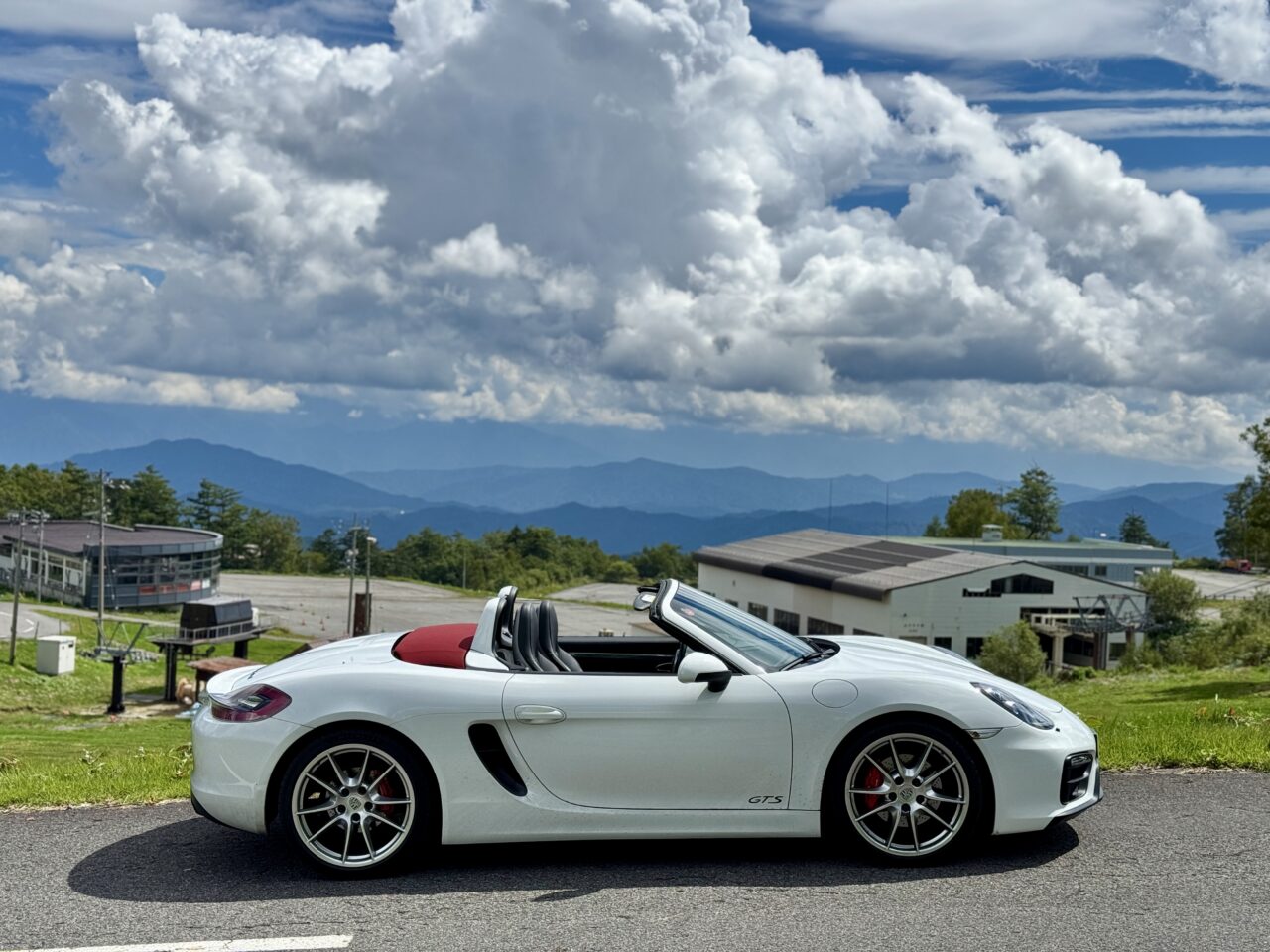
Finally, I took the 981 on some mountain roads after a while. Despite its softness, it handles well and corners beautifully. It’s fun to drive slowly and rewarding when you push it hard. The 981 has a depth of character all its own.
In the end, although I once considered selling the 981, I decided to keep it. Even within the Boxster family, the flavor is completely different. Understanding the relationship between these two cars deepened my appreciation for the Porsche brand’s richness.
このブログが気に入ったらフォローしてね!


Comment ( 0 )
Trackbacks are closed.
No comments yet.